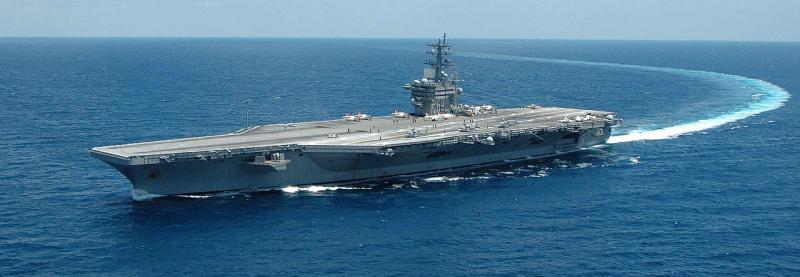 Due to Covid-19, the Navy’s Captain Mike Desmond has inadvertently set an, as of yet, unofficial record for continuous-time deployed at sea. When the pandemic broke out, the Dwight D. Eisenhower Carrier Strike Group canceled port calls in Europe and remained at sea to avoid contact with the coronavirus.
Due to Covid-19, the Navy’s Captain Mike Desmond has inadvertently set an, as of yet, unofficial record for continuous-time deployed at sea. When the pandemic broke out, the Dwight D. Eisenhower Carrier Strike Group canceled port calls in Europe and remained at sea to avoid contact with the coronavirus.
The USS Eisenhower would ultimately remain at sea for 206 days, setting a new record, along with the cruiser USS San Jacinto. Captain Desmond served aboard the Eisenhower but late in the deployment was transferred to take command of the Ticonderoga class cruiser USS Vella Gulf. The Vella Gulf docked in its homeport of Norfolk one day after the Eisenhower, so Captain Desmond logged 207 days of continuous sea time.
The previous record is believed to be 160 days, a record set in 2002 by the carrier Theodore Roosevelt at the beginning of the Afghanistan War.


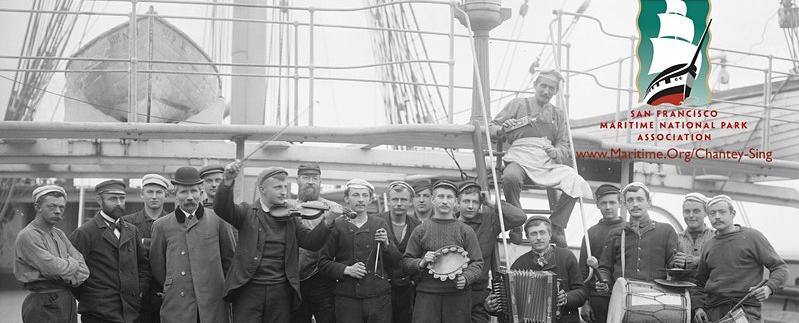 We have
We have  The Japanese Coast Guard reported receiving a
The Japanese Coast Guard reported receiving a 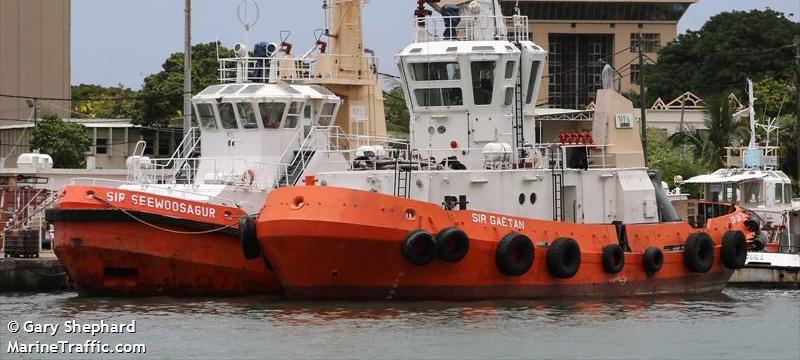 The ongoing cleanup following the fuel oil spill from the grounded bulk carrier Wakashio off Mauritius turned deadly when a
The ongoing cleanup following the fuel oil spill from the grounded bulk carrier Wakashio off Mauritius turned deadly when a 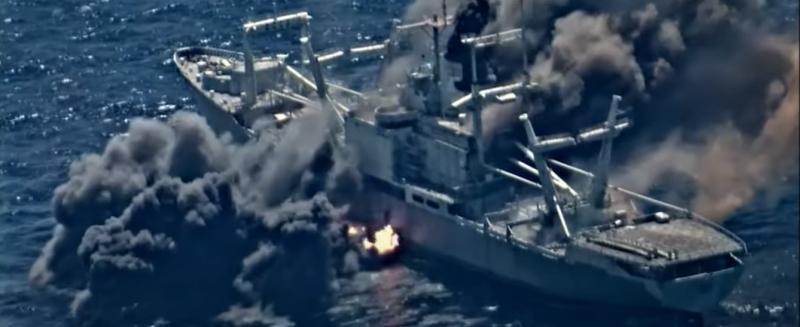 SINKEX sounds to me like a drain cleaner and RIMPAC could be something for a spare tire. In fact,
SINKEX sounds to me like a drain cleaner and RIMPAC could be something for a spare tire. In fact, 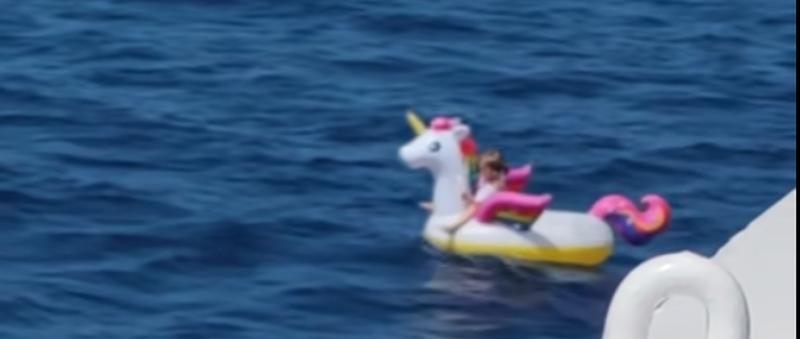 This seems like a suitable post for an overcast Monday morning. In the town of Antirrio in southern Greece, a three-year-old girl climbed aboard a unicorn at the beach. The unicorn’s wings caught the wind and soon the little girl and the unicorn were swept out to sea, where they were rescued by a fairy. No, that last bit isn’t right. The girl and her unicorn were rescued by a ferry, or more specifically, a quick-thinking ferry captain.
This seems like a suitable post for an overcast Monday morning. In the town of Antirrio in southern Greece, a three-year-old girl climbed aboard a unicorn at the beach. The unicorn’s wings caught the wind and soon the little girl and the unicorn were swept out to sea, where they were rescued by a fairy. No, that last bit isn’t right. The girl and her unicorn were rescued by a ferry, or more specifically, a quick-thinking ferry captain. 
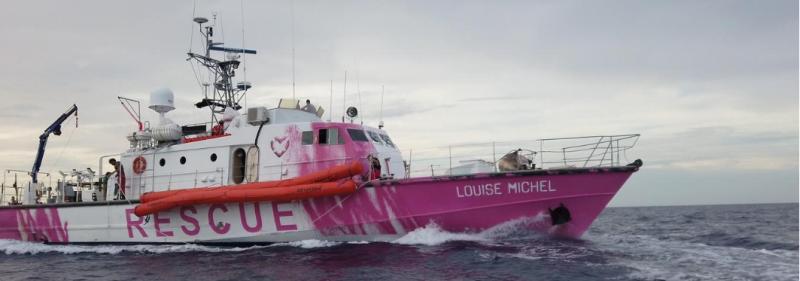 The two items in the news appeared within hours of each other. The first, dated August 28, 17:09, was headlined, “
The two items in the news appeared within hours of each other. The first, dated August 28, 17:09, was headlined, “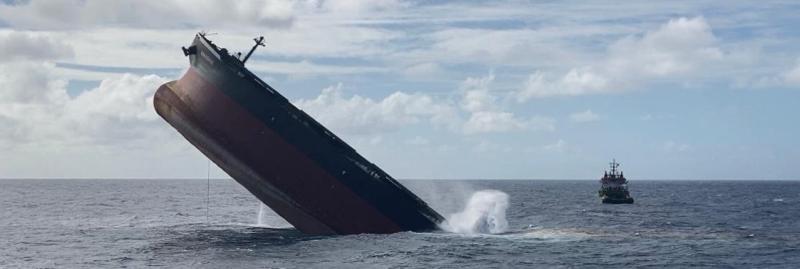
 A
A 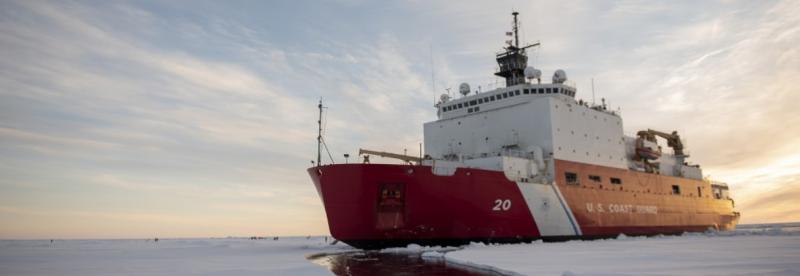 US Coast Guard Cutter
US Coast Guard Cutter 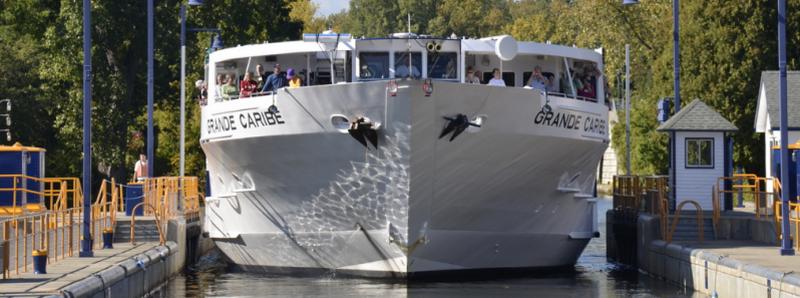
 2020 has been quite a year so far. A global pandemic, economic collapse, a derecho in the Midwest, and out of control wildfires in California. What next?
2020 has been quite a year so far. A global pandemic, economic collapse, a derecho in the Midwest, and out of control wildfires in California. What next?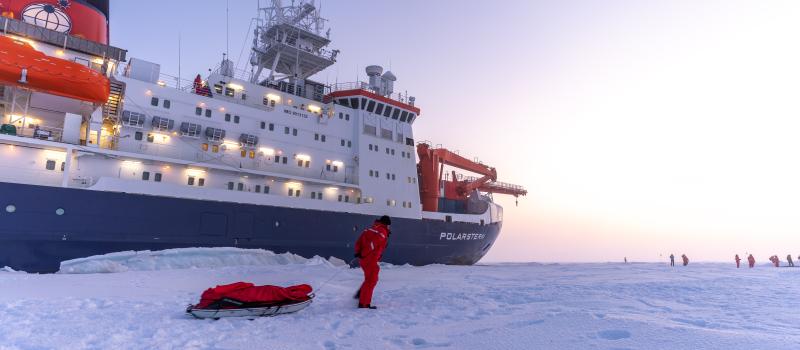
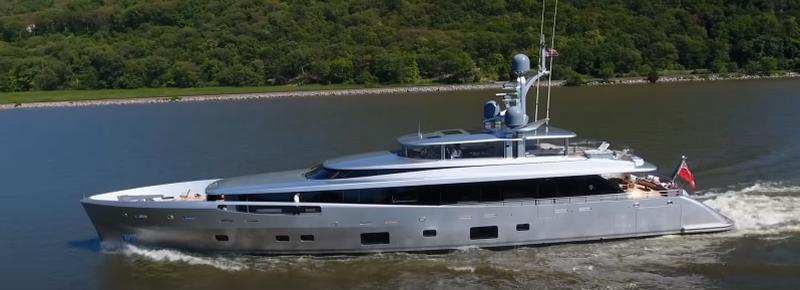 Steve Bannon, ex-Trump adviser and campaign chief executive, was
Steve Bannon, ex-Trump adviser and campaign chief executive, was 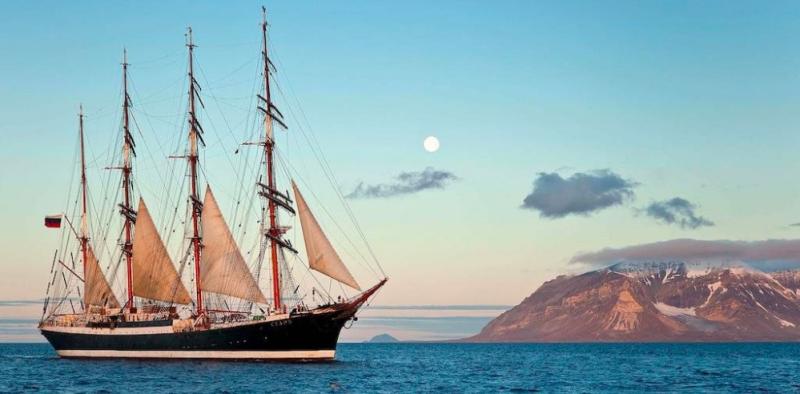 The 99-year-old four-masted steel bark
The 99-year-old four-masted steel bark  The Capesize bulk carrier Wakashio, which ran hard aground on a reef in Mauritius on July 25, broke in two this Sunday. The bow of the ship has been taken under tow and moved away from the reef. Reports are that the bow section will be
The Capesize bulk carrier Wakashio, which ran hard aground on a reef in Mauritius on July 25, broke in two this Sunday. The bow of the ship has been taken under tow and moved away from the reef. Reports are that the bow section will be